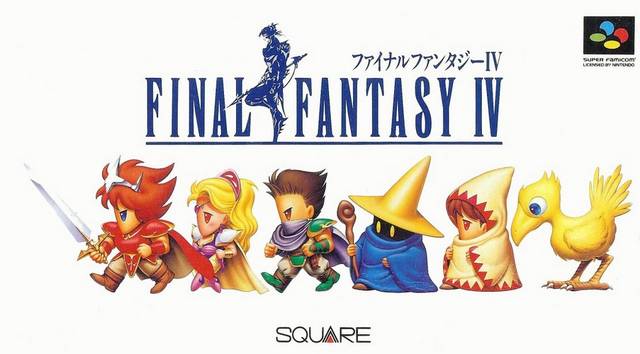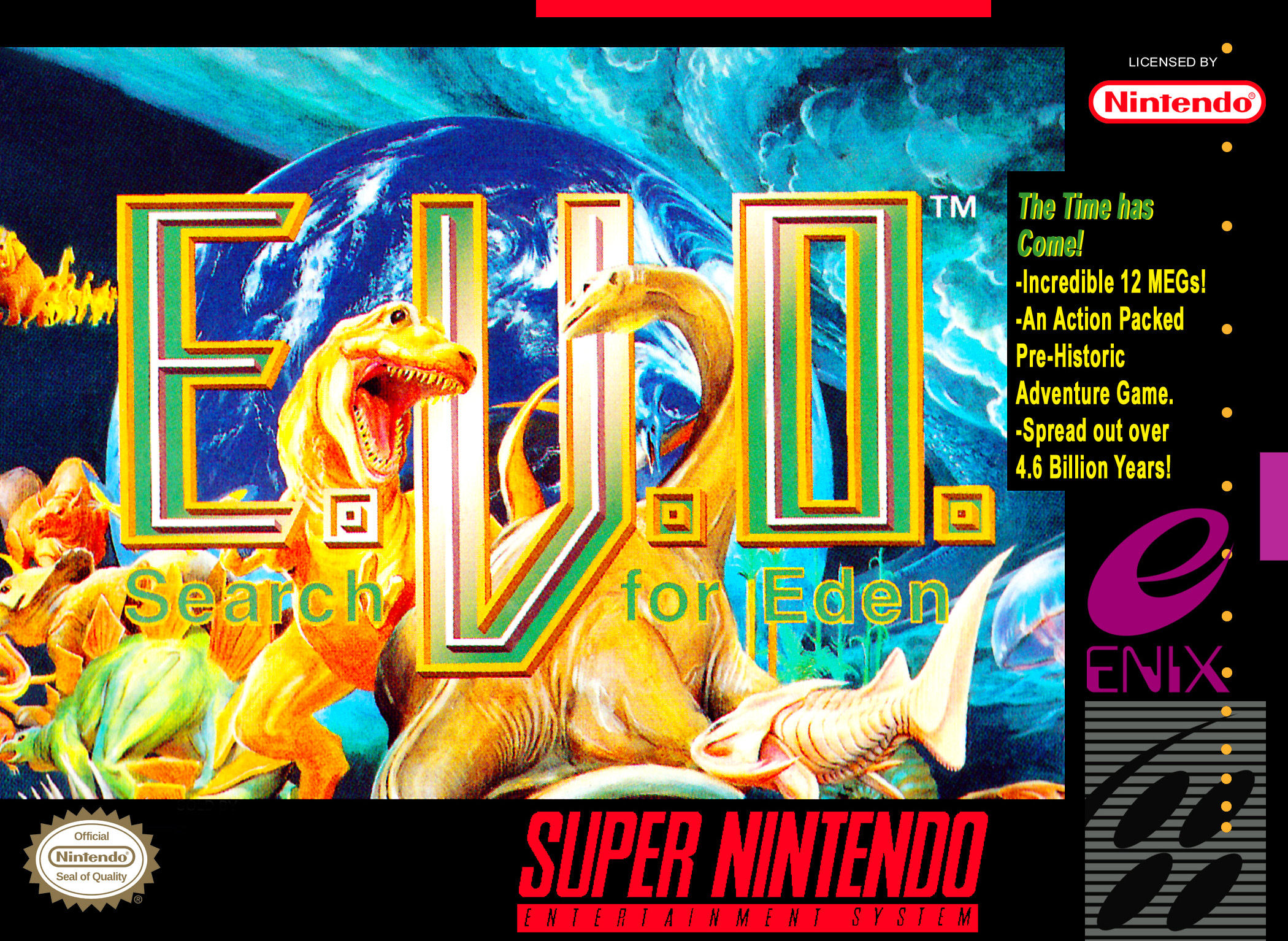Game No. 26

Title: Final Fantasy Legend II
Developer: Square
Platform: Game Boy
Release Date: December 14, 1990 (Japan)
Comment: Released less than a year after its predecessor, the second entry in the SaGa series came to refine the gameplay elements featured in the first game.
You once again play as four warriors, but this time they set out on a journey to discover the secret of Magi, a substance that holds powerful magic which is somehow connected to the gods. Gameplay is reportedly almost identical to that of the first game. That said, a few additions have been made. One is a new class: Robots. Robot stats are determined entirely by what equipment they currently have equipped. Additionally, any weapon that they equip will have its durability halved, but they can be repaired by sleeping in inns. A further alteration is that the game now informs the player of what stats increase or what abilities are learned after each battle. A final introduction comes in the form of a journal, which automatically records important information for future reference.
The original Game Boy version of Final Fantasy Legend II has sold roughly 850,000 copies in Japan since its release in 1990. Reviews, contemporary as well as retrospective, appears to be markedly more positive than those dealing with its predecessor. Most of the praise seems to have been directed at the efforts taken to make the system of character class development more easily comprehensible, but approval has also been aimed at what has been called a more fair level of difficulty, as well as Nobuo Uematsu's and Kenji Ito's soundtrack. All in all, the game is generally referred to as the pinnacle of the first three installments in the SaGa series.

Title: Final Fantasy Legend II
Developer: Square
Platform: Game Boy
Release Date: December 14, 1990 (Japan)
Comment: Released less than a year after its predecessor, the second entry in the SaGa series came to refine the gameplay elements featured in the first game.
You once again play as four warriors, but this time they set out on a journey to discover the secret of Magi, a substance that holds powerful magic which is somehow connected to the gods. Gameplay is reportedly almost identical to that of the first game. That said, a few additions have been made. One is a new class: Robots. Robot stats are determined entirely by what equipment they currently have equipped. Additionally, any weapon that they equip will have its durability halved, but they can be repaired by sleeping in inns. A further alteration is that the game now informs the player of what stats increase or what abilities are learned after each battle. A final introduction comes in the form of a journal, which automatically records important information for future reference.
The original Game Boy version of Final Fantasy Legend II has sold roughly 850,000 copies in Japan since its release in 1990. Reviews, contemporary as well as retrospective, appears to be markedly more positive than those dealing with its predecessor. Most of the praise seems to have been directed at the efforts taken to make the system of character class development more easily comprehensible, but approval has also been aimed at what has been called a more fair level of difficulty, as well as Nobuo Uematsu's and Kenji Ito's soundtrack. All in all, the game is generally referred to as the pinnacle of the first three installments in the SaGa series.


















